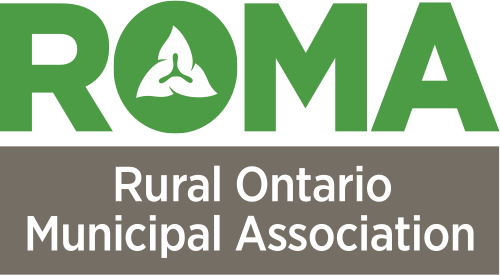What’s at risk? Let’s talk about personal insurance.
By Shannon Devane
Program Manager - Municipal Risk Management, LAS
If the first quarter of 2025 is an indicator of the pace of change for the rest of the year, we are in for quite the year. The January urban wildfires in California were devastating. Putting aside the impact to all living creatures and the people impacted, we will bear witness to the impact of those insurable losses in the year to come. Those fires reminded us that we are not immune to wildfire losses in this Country. They also reminded us that when emergencies occur, we need to come together to help each other. We do hope that all those involved in battling the fires are recovering well as those who are responsible for rebuilding have the resources they need.
By now, we’ve heard stories of cancelled policies leading up to the fires. It is important to note that insurance policies can be cancelled, or an insurer can choose not to renew the policy. Insurance policies are cancelled when premiums aren’t paid or a fraudulent claim is received. Insurers can choose to non-renew a policy if they make a strategic business decision to not offer certain coverage or chose to move business out of a geographic area. If a policy is being cancelled, typically 15 days’ notice is provided. Under Section 236 of Ontario's Insurance Act, an insurer choosing not to renew a contract must provide 30 days notice to the consumer or 45 days notice to the broker.
What does this all mean for you as an insured? If you have a policy that covers a home, an automobile, a boat or a seasonal property, it is important that you understand just what you are covered for. Insurance renewal documentation can be overwhelming but here are some things you can consider when your renewal comes around this year:
- You have Rights and Responsibilities when it comes to your policies. To read more, please visit the IBC website.
- Take a quick inventory of your home. What would be critical for you to replace in the event the worst happened? Is it artwork? Is it jewelry? Review your policy or call your broker and ask them what would happen if you called them tomorrow to advise them that it was all lost in a home invasion, a fire or a flood. It is important to note that many insurance policies place limits on items such as jewelry. For example, the maximum amount the policy would pay in the event of a loss is $2,000.00. If you need more than the limits provided, you need to advise your insurer. They will tell you if additional premium is due or if they require an appraisal of the items. This must happen BEFORE you have a loss. After a loss, the policy limits will stand. This is especially important to review if you are switching insurance companies.
- Keep records in a secondary location. Pictures, video, receipts, invoices for work completed – all of this is important in a claim scenario. Storing theses documents in a fireproof safe or digitally on the cloud can be of great assistance after a devastating loss. It is much easier to prepare documentation outside of the stress and emotional days post loss.
- Rely on your insurance partners. If you have a broker, set up an annual touch point with them. Ask questions about losses you’ve heard about and ask how your policy would respond. Your broker wants to assist you and make sure you have the best coverage available for your needs.
At the time of publication, large sections of Ontario are in the early stages of recovery following an ice storm. As those communities come together to get each other through a challenging time, their insurers will be reviewing claims for damage due to falling trees, tree limbs and damage to property related to loss of power and electrical surges. According to Hydro One, 87% of people in Ontario do not have access to a full emergency kit.
LAS offers a Home and Auto program for municipal employees. To learn more about our program and to request a quote, please visit our website.





